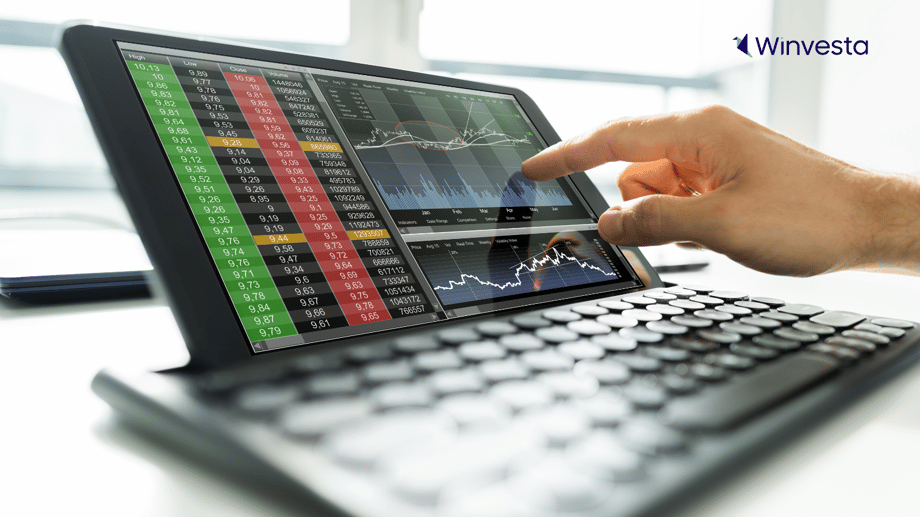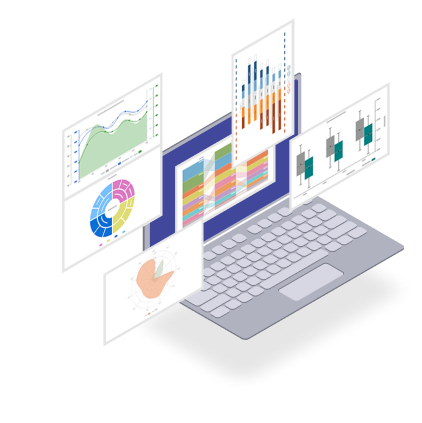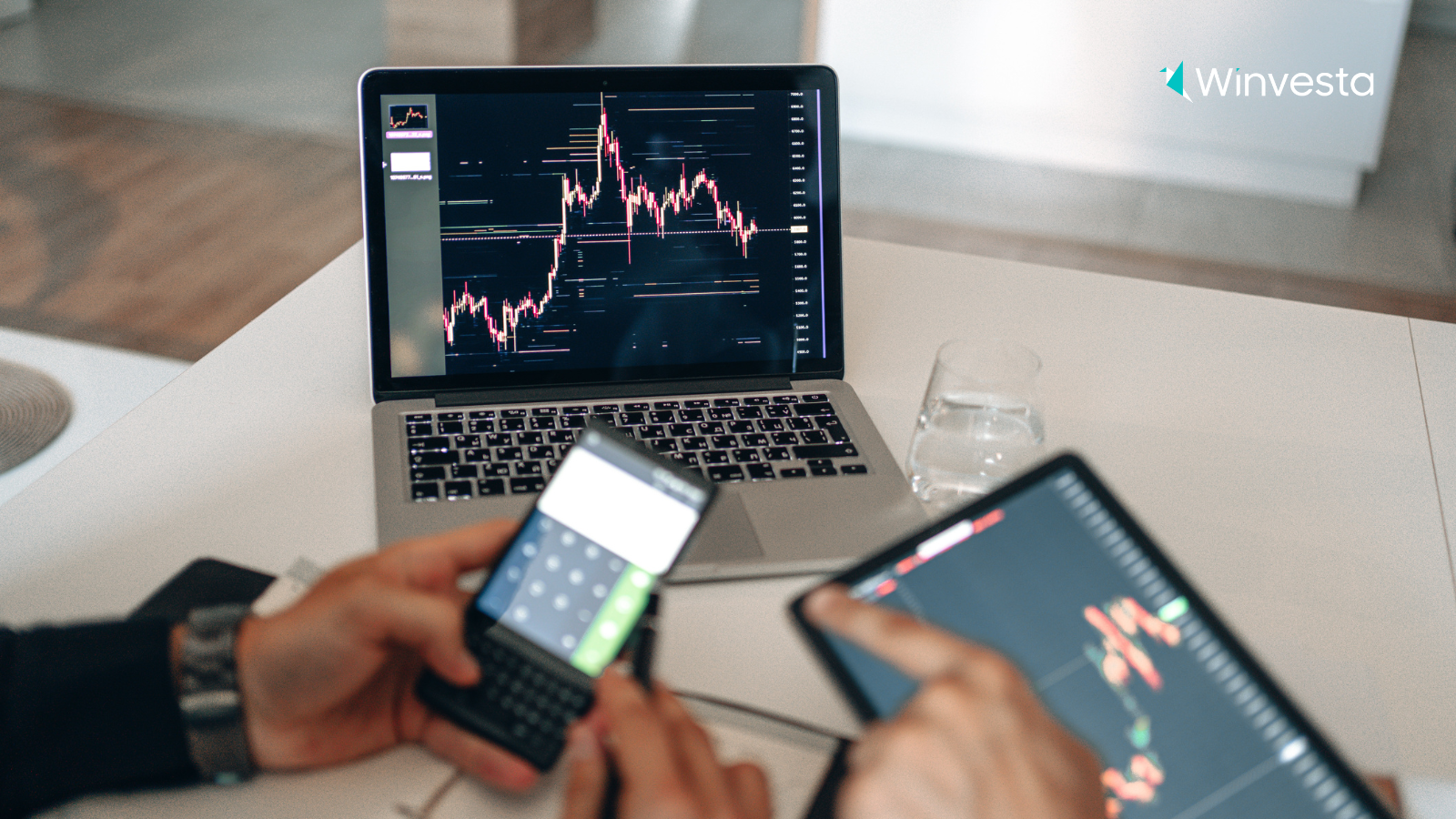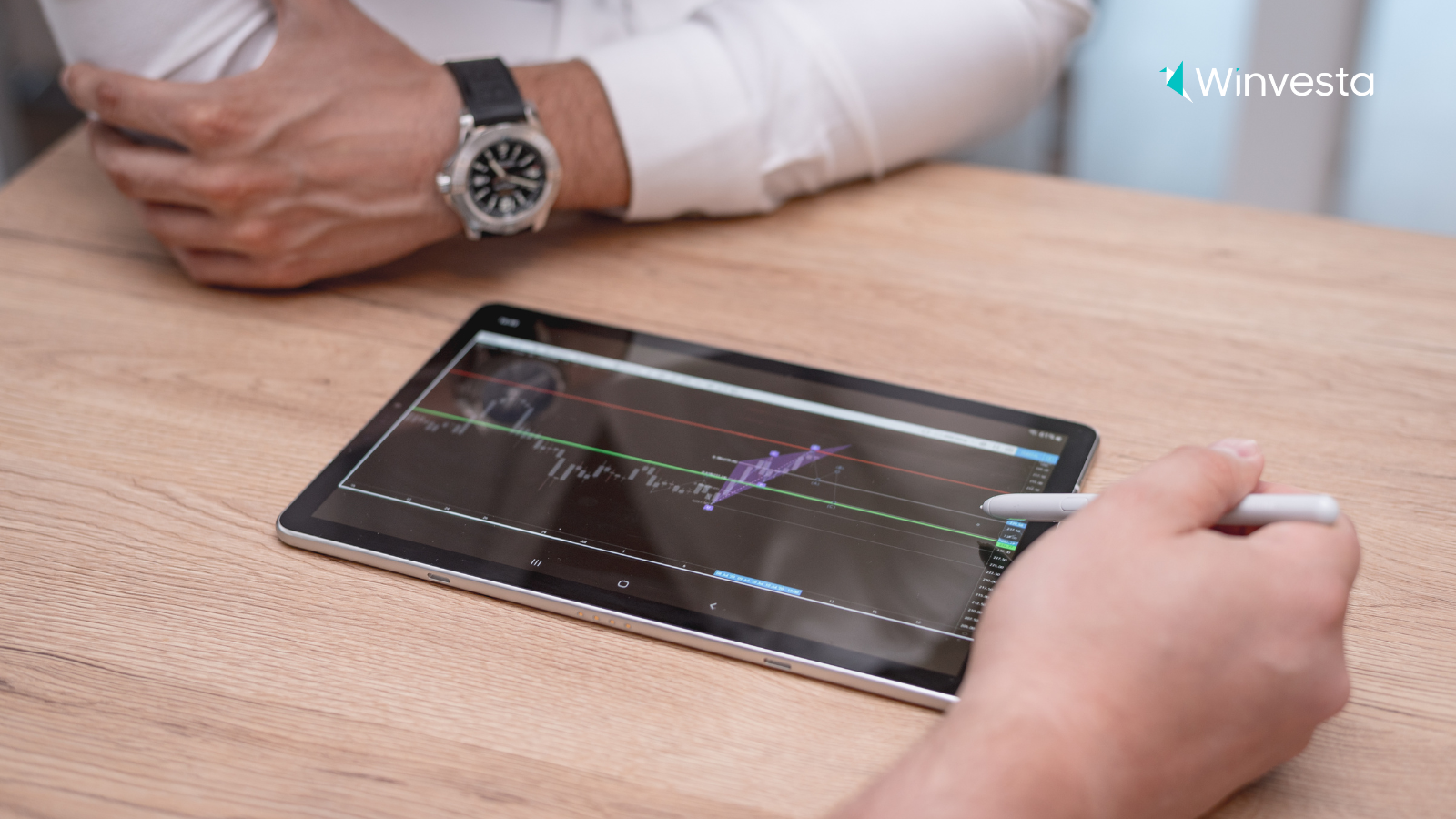Contents
Tariffs, tension, and trading nerves: Wall Street’s latest test
2 minutes read
14 July 2025

Wall Street awoke to a new week with a sense of unease. The city’s skyscrapers glinted in the morning sun, but traders and investors felt a chill. President Donald Trump’s latest move—announcing sweeping 30% tariffs on imports from the European Union and Mexico—sent a ripple through global markets. The tariffs, set to take effect on 1 August unless new deals are struck, have reignited fears of a trade war just as the all-important earnings season begins.
The market’s mood shifted quickly. Dow Jones futures tumbled over 200 points before the opening bell, and the S&P 500 and Nasdaq futures slipped in tandem. European and Asian markets mirrored the decline, with London’s FTSE 100 and Germany’s DAX both set for a rocky start. The U.S. dollar hovered near 98, gold remained strong at $3,400 an ounce, and oil prices climbed above $70 per barrel.
“Markets appear to believe that Trump will again back down. We are not so sure,” wrote analysts at Capital Economics, capturing the uncertainty that now hangs over Wall Street.
Trade war tremors: How tariffs are shaking investor confidence
The story behind the numbers is one of nerves and negotiation. For months, investors had bet that President Trump’s tariff threats were little more than a negotiating tactic. The so-called “TACO trade”—the belief that Trump would always back down at the last minute—had fuelled a stunning rebound in U.S. stocks, even pushing indices to record highs. But this time, the president doubled down, using those very highs to justify his aggressive stance.
The European Union, caught off guard, urged calm. “Imposing tariffs on EU exports disrupts critical transatlantic supply chains, negatively affecting businesses, consumers, and patients on both sides of the Atlantic,” said European Commission President Ursula von der Leyen. She made it clear that while the EU would not retaliate immediately, it stood ready to defend its interests if necessary.
Expert voices echoed the market’s anxiety. Anthony Saglimbene, Chief Market Strategist at Ameriprise Financial, observed, “The magnitude of these levies, the seemingly evolving objectives the White House is attempting to accomplish, and the still undetermined effects of tariffs on the U.S. economy and corporate profits have sapped stock momentum”.
Earnings season: Hope in the eye of the storm
Yet, even as tariffs dominate headlines, Wall Street’s attention is turning to corporate earnings. The second-quarter results from banking giants like JPMorgan Chase, Citigroup, and Wells Fargo are poised to set the tone for the weeks ahead. Analysts expect subdued earnings growth—just 4.6% year-on-year for the S&P 500, the weakest since late 2022—but there’s hope that tech and AI leaders, such as Nvidia, can provide a cushion.
Clark Bellin, Chief Investment Officer at Bellwether Wealth, remains optimistic: “If you’ve got a longer-term view, some of these dips taking place are buying opportunities.” He believes market fundamentals—like a solid job market and steady economic growth—could help stocks recover by year-end.
Goldman Sachs’ David Kostin offers a practical perspective: “Every five-percentage-point increase in the US tariff rate is estimated to reduce S&P 500 earnings per share by roughly 1-2%. If company managements decide to absorb the higher input costs, then profit margins would be squeezed. If companies pass along the higher costs to end customers, then sales volumes may suffer”.
As this week unfolds, all eyes will be on earnings reports and economic data. Investors are bracing for more volatility, but many still hope that strong results from America’s corporate heavyweights will steady the ship. For now, the story of Wall Street is one of tension, resilience, and the search for opportunity amid uncertainty.
Disclaimer: The views and recommendations made above are those of individual analysts or brokerage companies, and not of Winvesta. We advise investors to check with certified experts before making any investment decisions.

Ready to own a piece of the world’s biggest brands?
- Invest in 4,000+ US stocks & ETFs
- Fractional investing
- Zero account opening fees
- Secure and seamless
Start investing in just 2 minutes!

Build your global portfolio.
.png)
Invest in companies you love, like Apple and Tesla.

Track, manage, and grow your investments.



